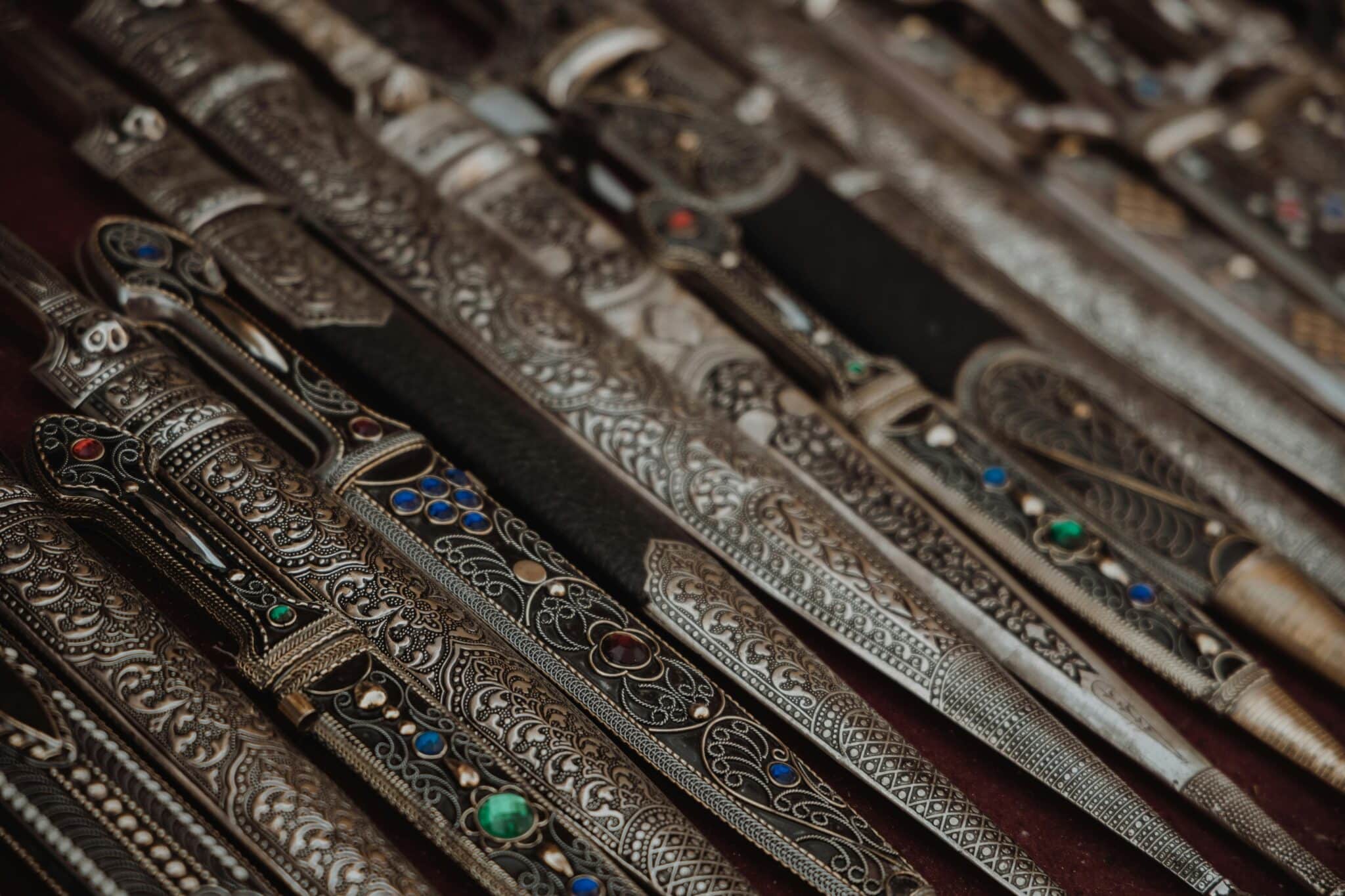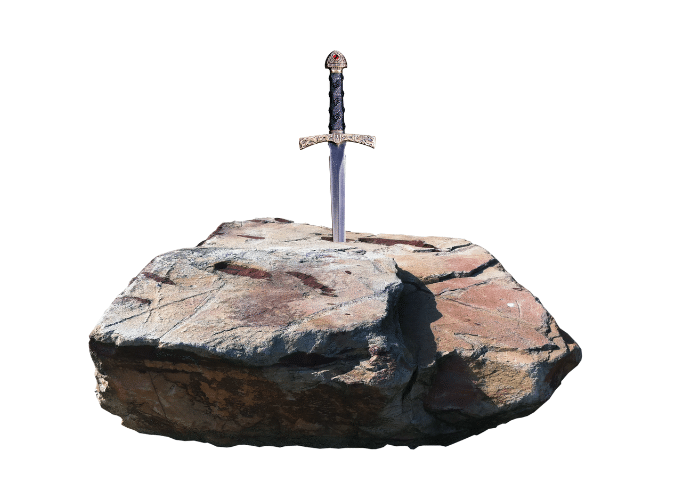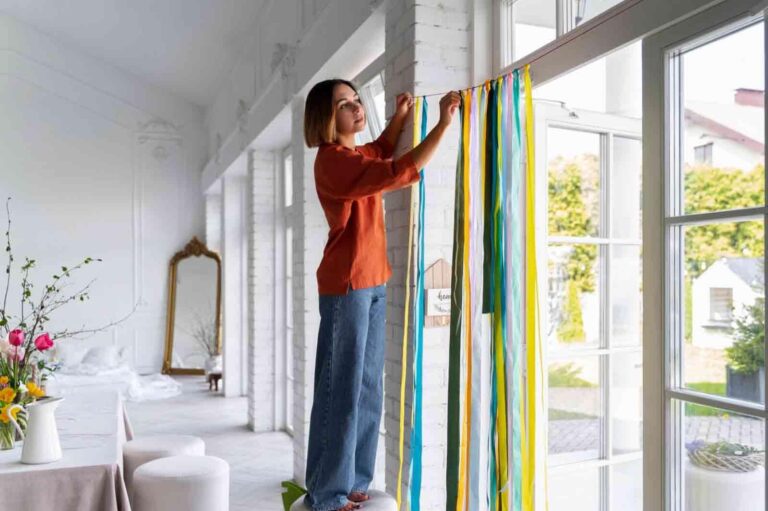For centuries, the katana and other traditional Japanese swords have captivated collectors around the world, not just as weapons, but as extraordinary pieces of craftsmanship, history, and cultural legacy. From their exquisite forging process to their symbolic power in samurai culture, these blades represent far more than steel and edge. They are art. They are heritage. And for collectors, they are passion projects worth pursuing.
But where do you start if you’re a beginner interested in building a Japanese sword collection?
You may be an admirer of feudal Japan, a martial artist, a history buff, or simply someone drawn to the prestige and mystique of the samurai. This guide will walk you through the essentials of getting started, from understanding the types of swords to making smart, informed purchases.
1. Understand the Types of Traditional Japanese Swords
Before going into the world of collecting, it’s important to familiarize yourself with the different types of Japanese swords, each with its history, size, and purpose:
- Katana: The most iconic of all, the katana is the long, curved sword. Typically 60–80 cm in blade length, it was used in open combat and is known for its balance and cutting power.
- Wakizashi: A shorter companion blade, usually worn with the katana as part of the daishō set. This sword served as a backup weapon and was often used indoors or for ritual purposes.
- Tantō: A short dagger-like blade, historically used in close combat or ceremonial applications.
- Nodachi/Ōdachi: A massive battlefield sword, larger than a katana and used primarily against cavalry or for dramatic displays.
Each of these has its appeal depending on what you’re collecting for, display, martial arts, historical interest, or investment.
2. Learn the Basics of Sword Craftsmanship
One of the defining traits of a Japanese sword is its meticulous forging process. Unlike mass-produced blades, traditionally made katanas are hand-forged with folded steel, creating layers for strength, flexibility, and a distinctive grain pattern (hada).
Key components to understand:
- Hamon – The visible temper line on the blade edge, often seen as a wavy or straight pattern. It’s both functional and decorative, formed during the differential hardening process.
- Tsuka – The handle, typically wrapped in ray skin and silk or cotton cord, provides grip and aesthetic appeal.
- Saya – The scabbard, usually made of lacquered wood, which protects the blade and complements the sword’s overall appearance.
- Tsuba – The hand guard, which varies from simple circular designs to intricate works of metal art.
As a beginner collector, appreciating the details of construction helps you assess quality and recognize authentic craftsmanship.
3. Decide on Your Collection Focus

Not every Japanese sword collection is the same, and it shouldn’t be. Your collection should reflect your interests, aesthetic preferences, or goals.
Here are a few collection themes to consider:
- Historical Replicas: Perfect for enthusiasts interested in samurai history and Edo-period design.
- Functional Blades: Ideal for martial artists or practitioners of Iaido or Kenjutsu who need battle-ready swords.
- Artistic Display Pieces: For those focused on visual appeal, craftsmanship, and home or office décor.
- Anime or Film-Inspired Swords: A popular niche for collectors who admire fictional swords based on real-world katanas.
Having a clear focus makes your purchases more intentional and your collection more cohesive over time.
4. Set a Budget (Be Realistic)
The world of Japanese sword collecting can vary from affordable entry-level pieces to museum-quality heirlooms priced in the tens of thousands. As a beginner, you don’t need to break the bank to start.
Avoid going too cheap; you often get what you pay for, and quality matters, especially when it comes to durability and authenticity.
5. Purchase from a Reputable Seller
This might be the most important point of all. The market is full of mass-produced swords that look good in photos but lack true craftsmanship. When starting your collection, make sure you’re buying from a seller with a solid reputation, clear product descriptions, and transparency about materials and manufacturing methods.
One such source for both beginner and experienced collectors is samuraiswordstore.com. Their collection is carefully curated for quality, authenticity, and affordability, perfect for those just starting or looking to expand their lineup with confidence. From elegant katanas to compact tantō blades, their inventory covers a wide spectrum of collector interests. Plus, they offer detailed specs and helpful insights to guide your purchase, no matter your experience level.
6. Learn the Legal & Safety Aspects
Depending on where you live, there may be restrictions or regulations surrounding the purchase, transport, or display of swords, particularly functional blades.
Be sure to:
- Check local laws regarding blade length or concealed carry rules
- Ensure your shipping and customs requirements are covered when ordering online
- Practice safe handling and proper display, especially if you have children or pets at home
Many collectors also invest in sword stands, cases, or locking wall mounts to keep their swords secure while on display.
7. Care for Your Swords Properly

Even if your sword is just for display, proper maintenance preserves its condition and value. For carbon steel blades, this includes:
- Regular oiling to prevent rust
- Cleaning with microfiber cloths
- Avoiding direct sunlight or moisture exposure
- Keeping the blade in its saya (scabbard) when not in use
Most sellers offer maintenance kits, and it’s worth learning the basics of blade care if you want your collection to stand the test of time.
8. Join the Community
Sword collecting isn’t just a solo hobby, it’s a thriving community of martial artists, craftsmen, historians, and fans. Look for:
- Online forums and social media groups
- Local martial arts schools or dojos
- Collector exhibitions or historical festivals
Connecting with others helps you grow your knowledge, refine your eye for detail, and enjoy the journey even more.
Final Thoughts: Every Collection Begins with One Blade
Starting a Japanese sword collection is more than acquiring metal, it’s about immersing yourself in a tradition rich with history, artistry, and symbolism. Whether you’re buying your first katana or admiring the subtle curve of a wakizashi on your shelf, each piece tells a story.
And like any great collection, it starts with just one piece. Choose wisely, buy from a trusted source, and let your passion for samurai heritage shape the rest.
Happy collecting.


















